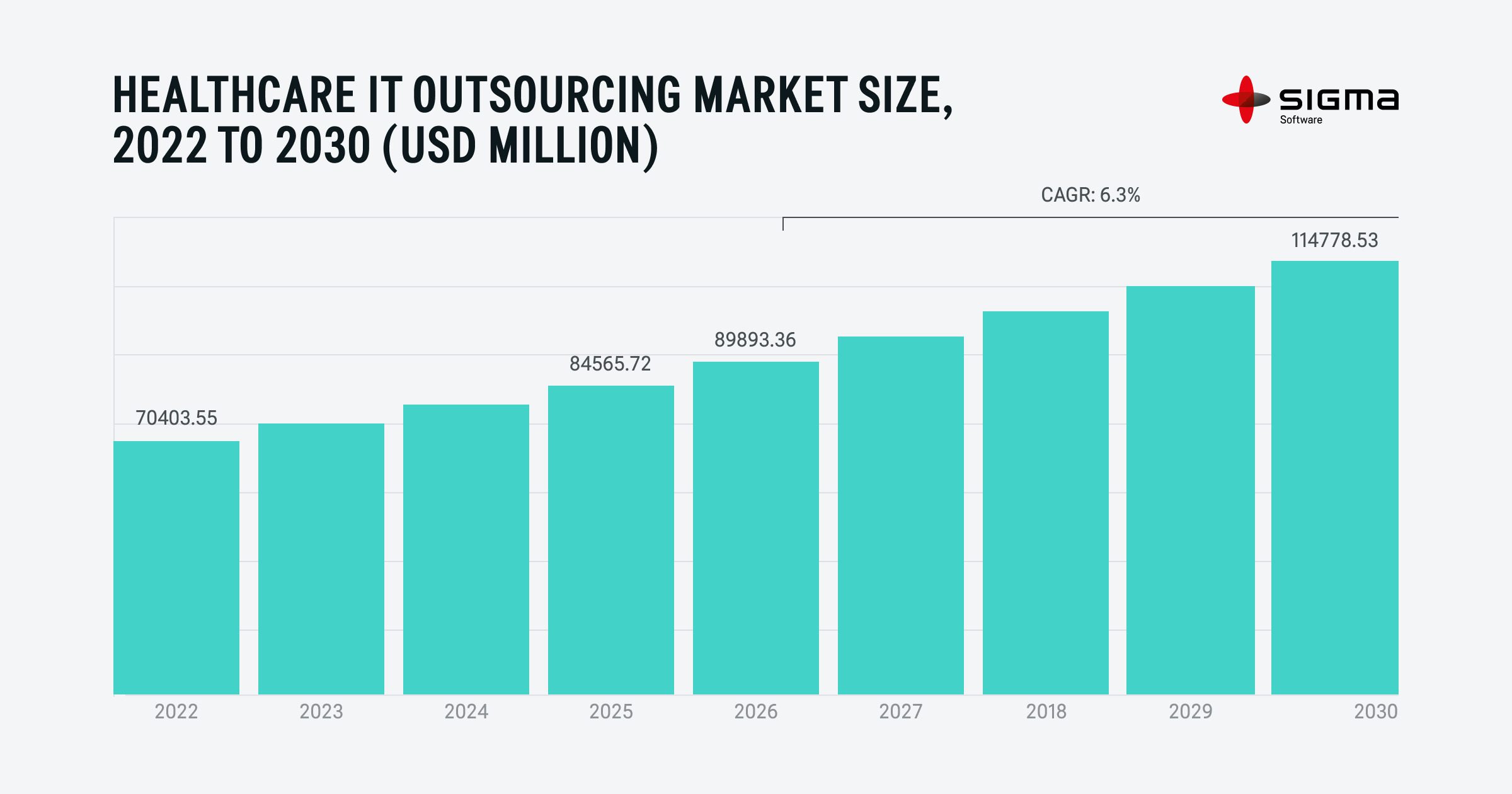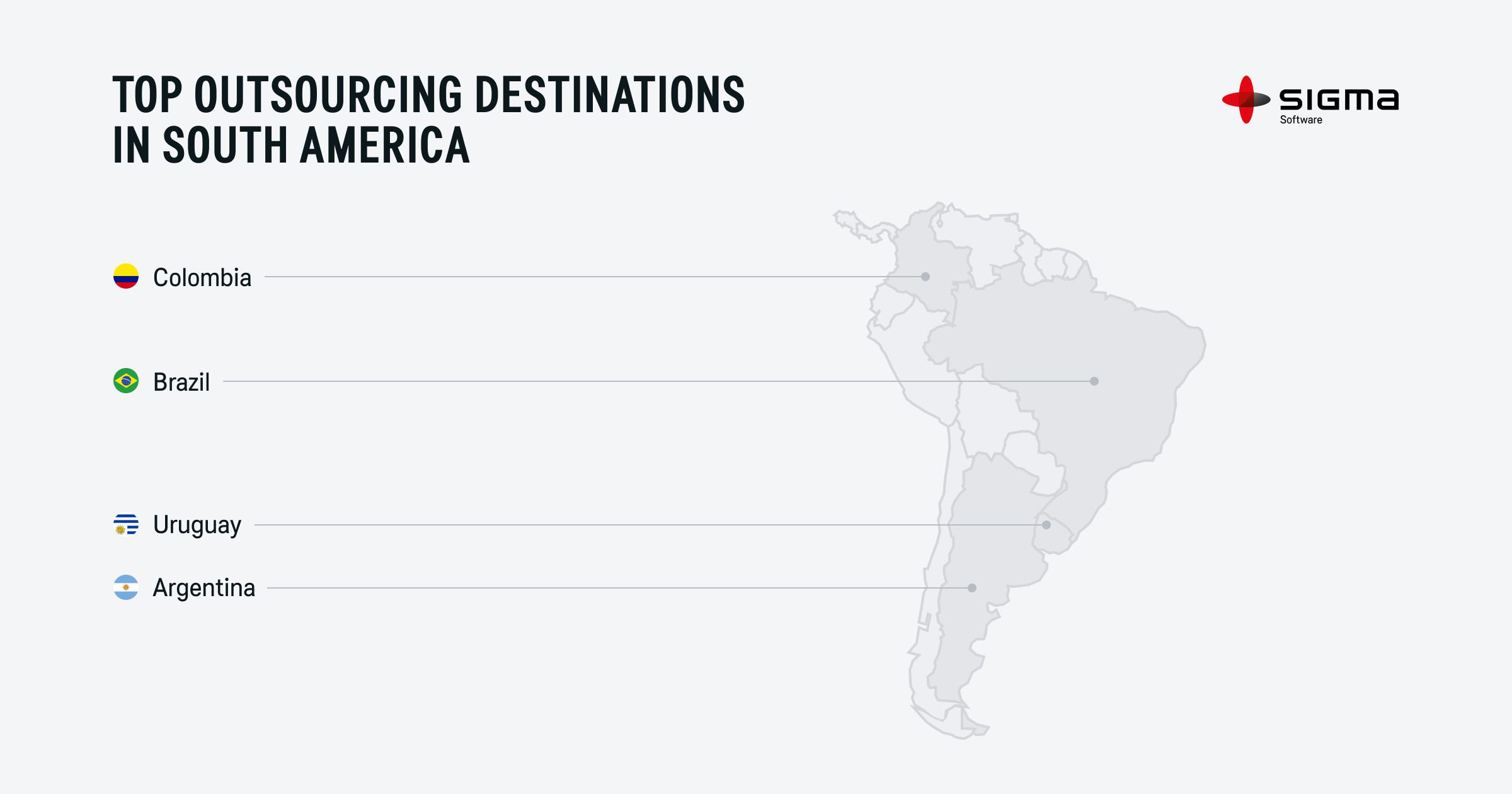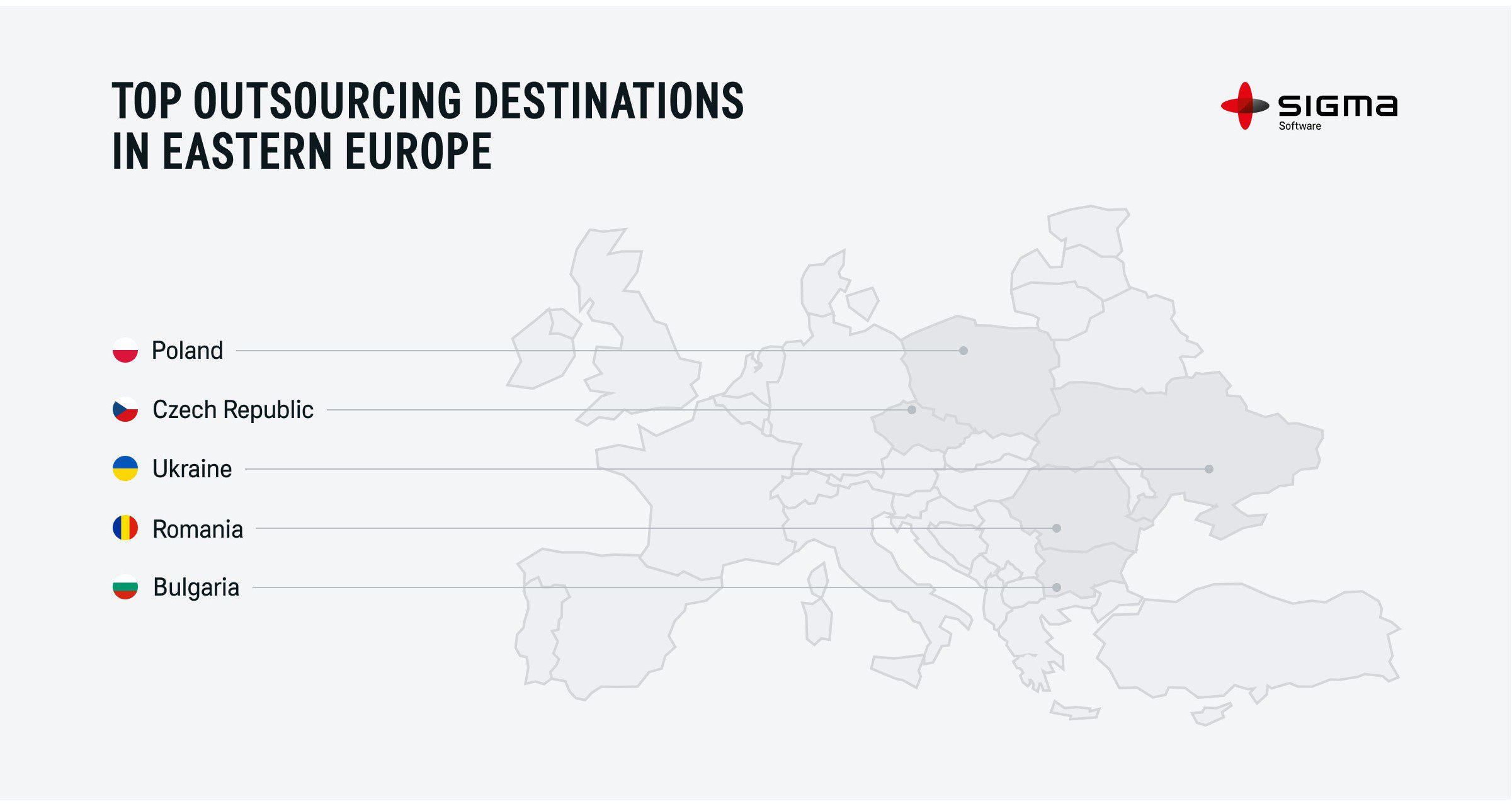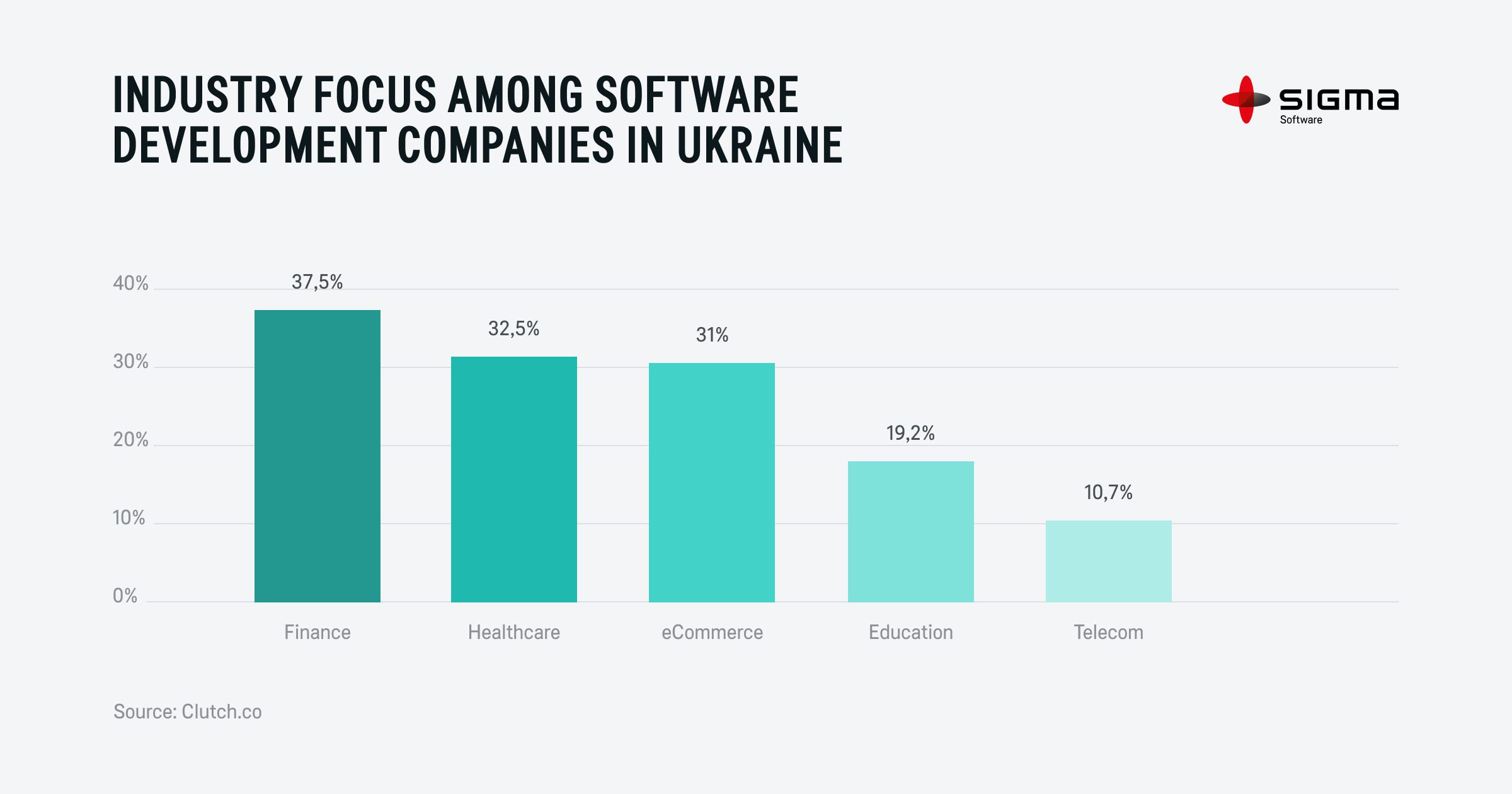Outsourcing Healthcare to Eastern Europe
Outsourcing healthcare to South America
Top Destinations to Outsource Healthcare Software Development in Eastern Europe
Top Destinations to Outsource Healthcare Software Development in South America
Consider These Factors When Outsourcing Your Healthcare Solution
































